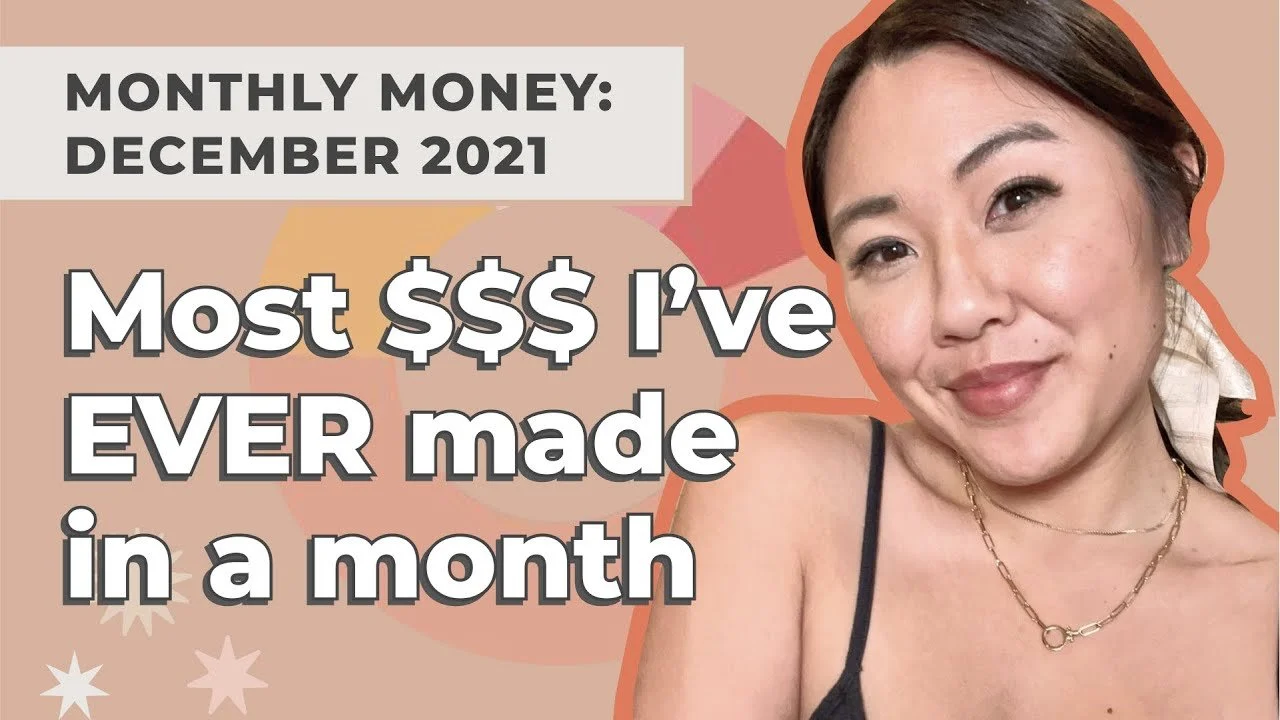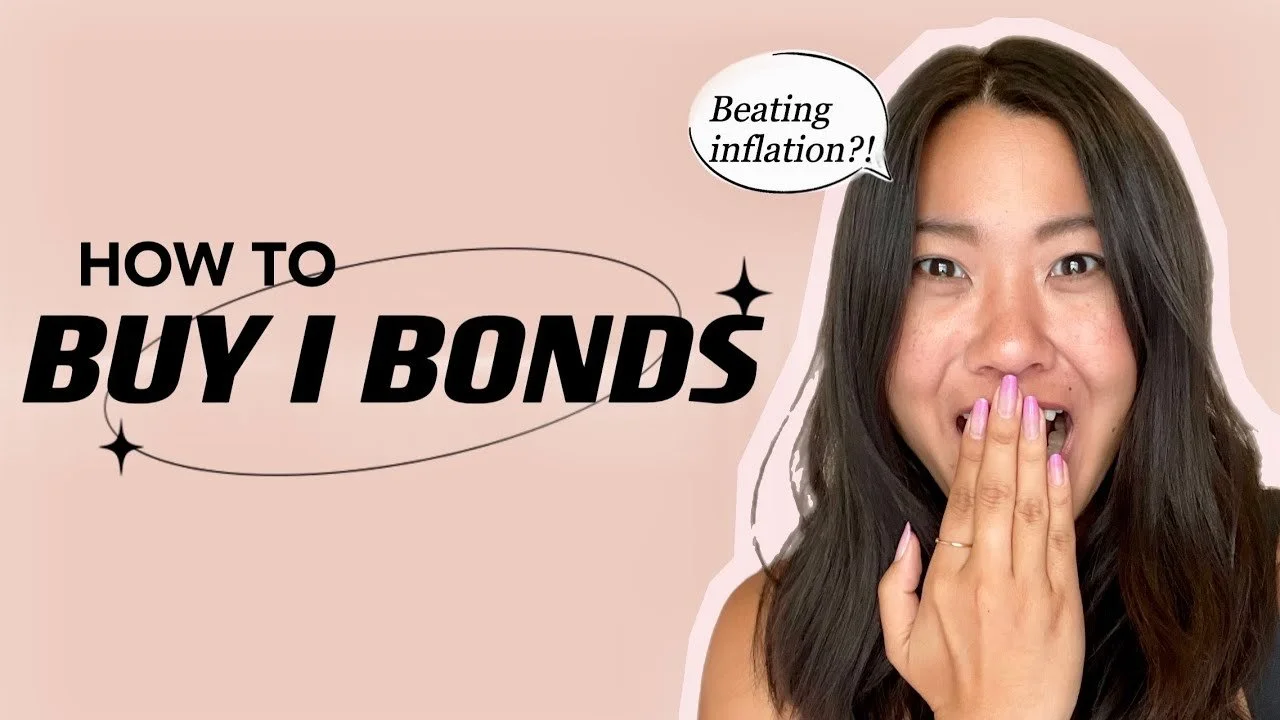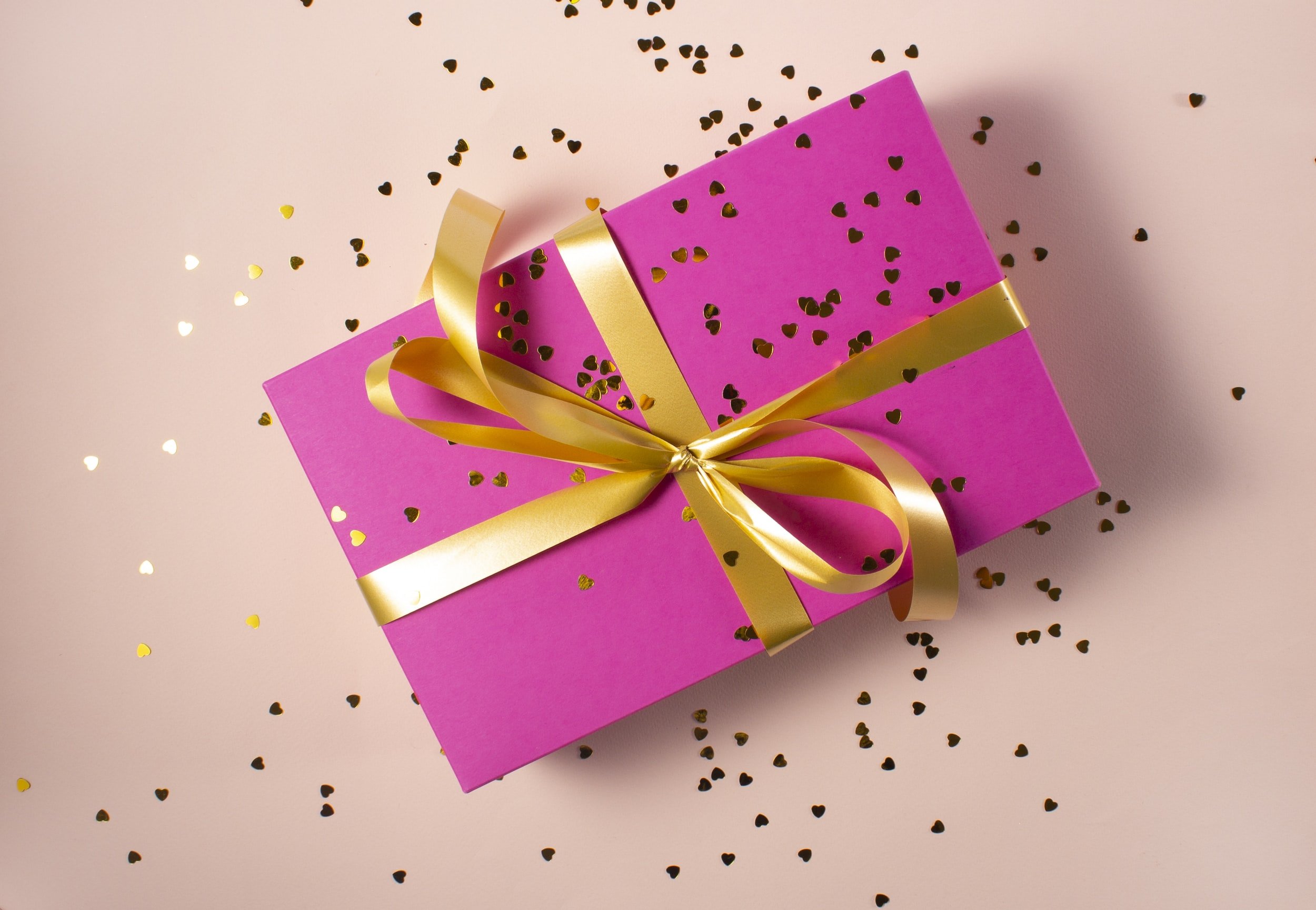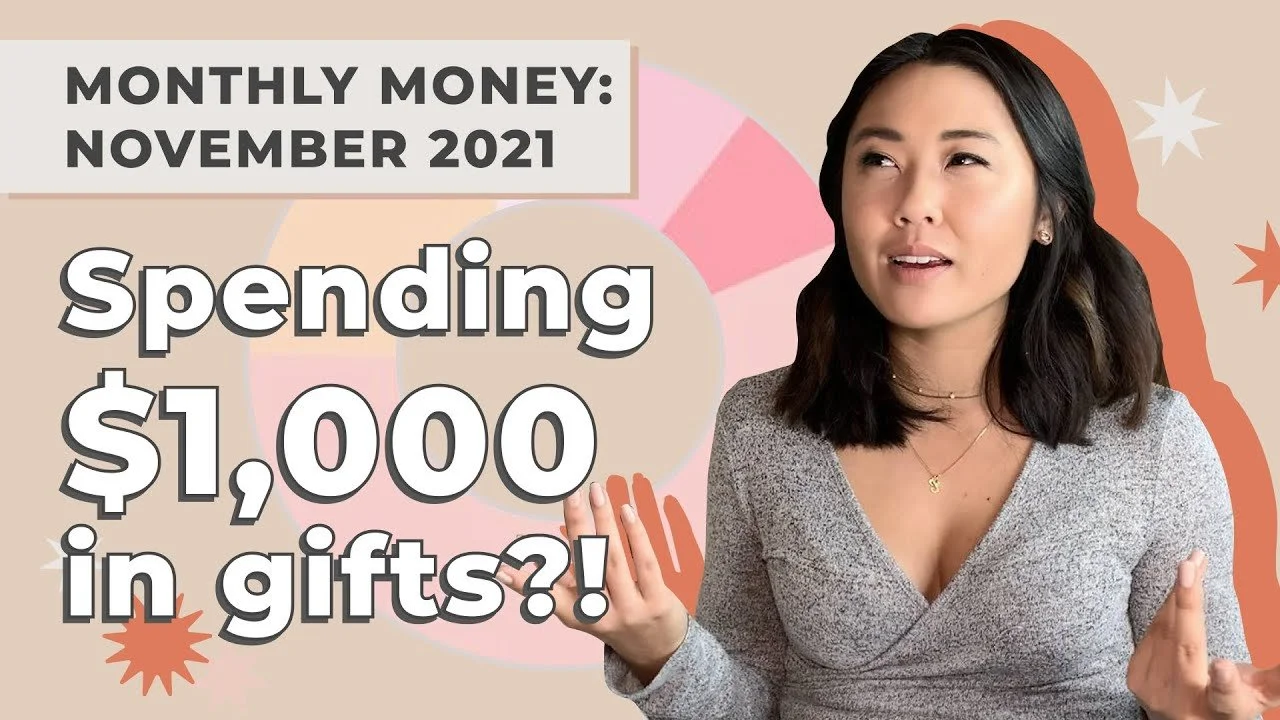My no-spend challenge experience: why I succeeded and what I learned
/Back in 2017, I decided that one of my resolutions would be to do a shopping ban.
I was a pretty spend-y gal prior to starting this. I’m not kidding when I say shopping was my cardio. I’d easily spend 7+ hours at the mall going through every store. I never went into debt for anything, but it is SO easy to spend a few hundred at Aritzia or Zara or Revolve.
My hope was that a shopping ban would significantly decrease my personal expenses, force me to live mindfully with what I already had, and help me be more environmentally conscious.
My Shopping Ban Challenge rules
I could buy products that needed replenishing. e.g. finish face wash; buy a new bottle
I could pay for experiences, e.g. going out with friends, traveling, food, etc.
I could buy clothes if it was an absolute necessity, e.g. buying a bridesmaid dress
I could buy gifts for others
It would last 3 months and then I could go wild 😜
Starting the shopping ban
I decided that the challenge would start on January 1st—classic new years resolution. As a last hurrah, I bought things I wanted as “Christmas presents” for myself before embarking on this shopping diet. I’m not even sure what I needed so badly. The “high” of a new purchase wears off very fast and clearly those purchases don’t spark any joy 3 years later.
Accountability & determination
January rolled around and I told all of my friends about my grandiose plan. This helped me remain accountable. Most friends were very encouraging, but a few close friends were doubtful that I could cut shopping cold turkey.
My friends were right in that I’m a pretty extreme person. It wasn’t an option in my mind to reduce spending by a little bit, it was 100% or nothing. Their doubt helped fuel my determination.
Unsubscribing from emails
As @saverspender posted the other day, for every $1 spent on email marketing, a brand typically sees about a $42 return.
I worked as an email designer for a long, long time so I subscribed to many email marketing lists for “research.” To reduce my temptation, I unsubscribed knowing that if I really missed the hundreds of emails spam I’d receive, I could opt-in again.
I used unroll.me to opt out of everything and honestly haven’t looked back. Even though it was so exciting to see something on sale for 50% off, that’s still money I wasn’t planning on spending.
Going through withdrawals
At first, I spent a lot of time thinking about the fact that I was doing a no-spend challenge. I’d walk into Target and literally just touch clothes to feel something. It was definitely not productive and even worse, it was very, very tempting. I started avoiding the clothes section entirely.
I’d put in my Amazon cart, face masks, a new eye cream I read about, a bug catcher and then click save for later. Withdrawals are normal, so I’d remind myself that this was only temporary. If I really wanted it all I could go hog wild later! “Three months. Three months. Three months,” I told myself.
The joy of less and giving
During the next few months I made the conscious effort to go through my products and finish every last drop. I’d giveaway things I didn’t need and I’d spend time researching the exact item I was going to replace it with.
Another major joy I found in these months was being able to buy things for friends birthdays or just because. It made me excited to mull over what would bring others happiness. The joy of giving increased my own happiness two-fold.
Q1 and beyond
April finally came around and I realized I really didn’t need or want the things I had pined over. From April to July I bought exactly one thing and ended up returning it because it didn’t fit well.
My newfound ability to consciously not buy had become a habit and I loved all the benefits (sustainability, savings, and self-awareness) so much that I ended up doing it in Q3 so I could save up for Christmas in Q4.
In 2018, I went full #nospendyear, which after having done it for 3 months on and off, made it not so much of challenge and more second nature. The next year, I only allowed myself to buy clothes thrifted and secondhand in 2019.
Key contributors to my success
Set a short duration for the initial shopping ban, increase slowly.
Avoided the challenge during an upcoming period of spending (moving, job changes, Christmas, etc.)
Unsubscribed to all marketing emails
Borrowed clothes to expand wardrobe—I have 3 sisters and 3 roommates who I could borrow clothes from if I needed
Did the shopping ban change my long term habits?
💯. The discipline and habits I’ve acquired during the shopping bans have carried on. I have little to no shopping urges and rarely browse for clothing online. That feeling of “I have everything I need” has stayed with me over the years.
I’m still a very extreme person. From not tracking my spending at all, I’ve become hyper-conscious of my spending. I realize I need to relax up on that a bit since I’m almost a bit miserly now. I’d like to give more generously.
I wish mental strength and resilience to all of you who are considering giving the shopping ban challenge a go. Even if you don’t succeed to seeing it through for the entire duration you set out on, you will not regret trying. If you have have any questions or need any encouragement write me a note in the comment section!
Disclosure: Some of these links are affiliate links, meaning, at no additional cost to you, I may earn some compensation. All opinions are 100% my own! I truly appreciate you and your support. :)









